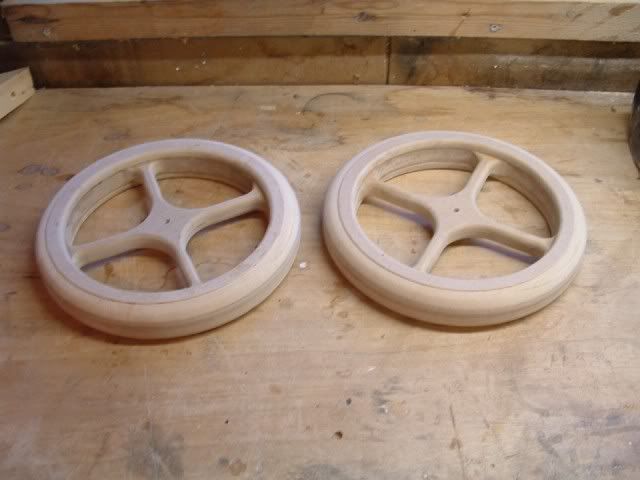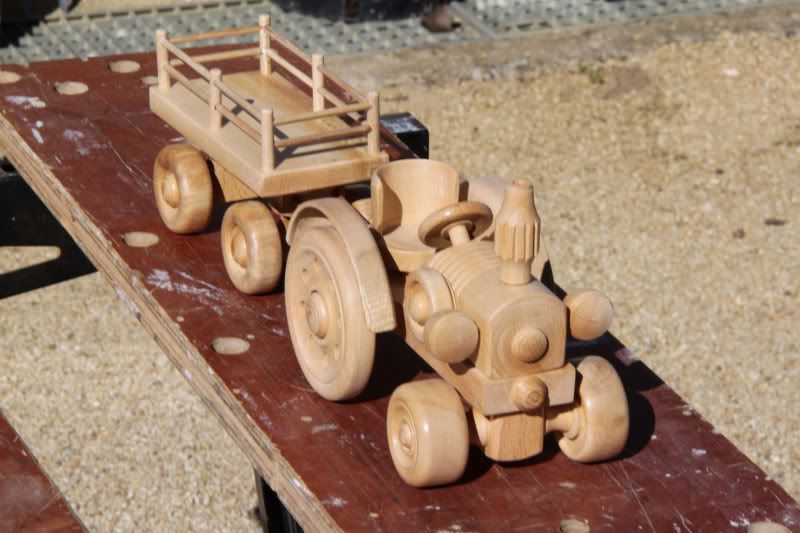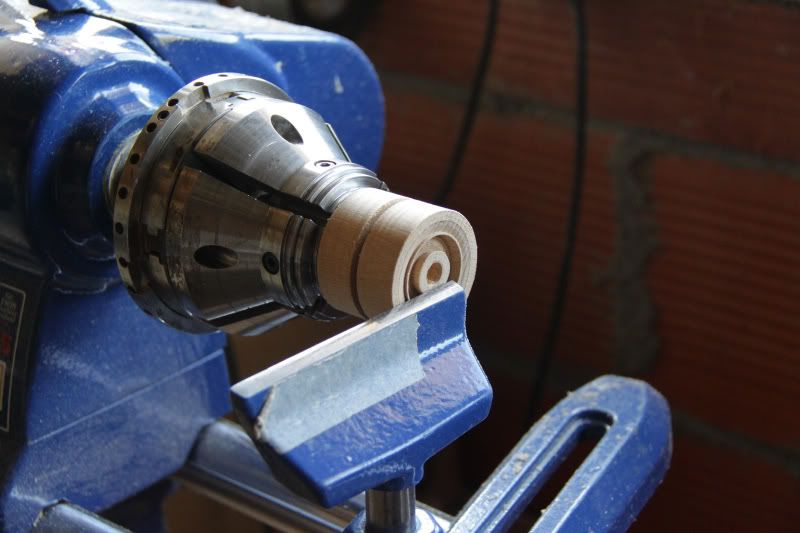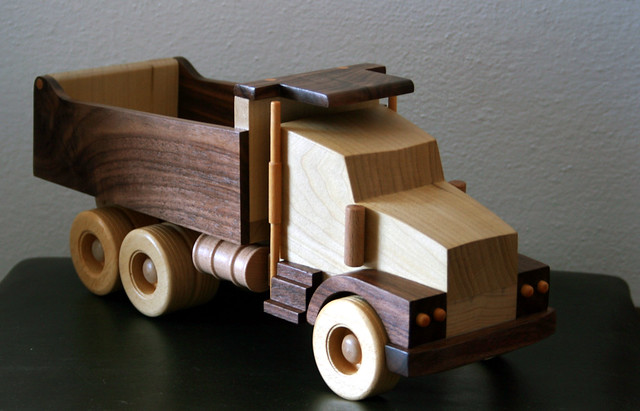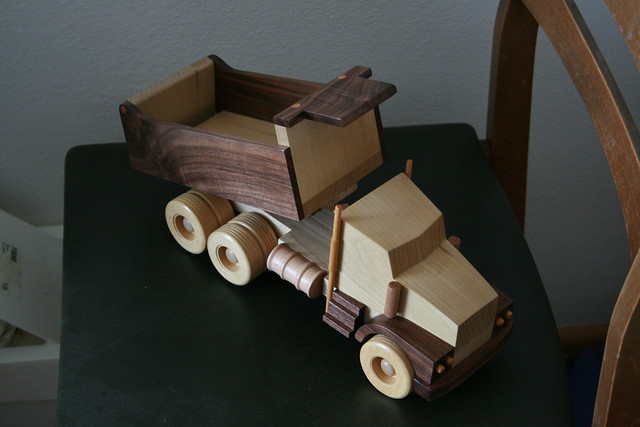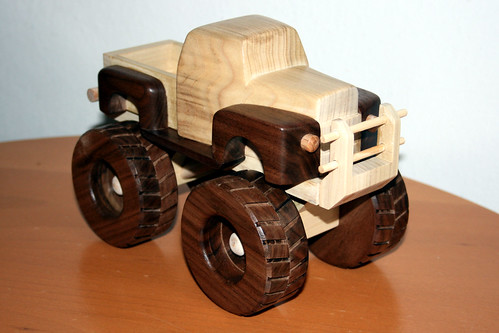I have been here and done both.
I started out cutting the wheels with a holesaw, then smoothing them by putting in a drill press.
I simply used a carriage bolt as others have suggested, however with the end on, then a leather washer, and then another leather washer the other side and bolts to tighten it up.
works well, sandpaper gets hot, i wrapped mine around a file.
Then, i made a jig, which was basically a sliding strip of wood in a 12" square base, with a bristol clamp which allowed the strip to slide backward and forward, and a strip on the bottom at right angles to that on the top that ran in the mitre slot on my disc sander, and then i stuck a down in the strip.
so when i put a wheel over the dowel, i could slide it up to the sander, tighten the bolt, and by rotating with hand, smooth the radius to make it almost perfect round... then you can put in drill press and get perfect. (this was my alternate to holesaw when i wanted a size my holesaws were not. also i learned after 20 times, that the measurement on hole saw is OUTSIDE, and your wheel is inside :roll:
however these two techniques do basic stuff, smoothing and rounding wheels, so after doing that for 2 years in a small workshop, wheni moved to a larger one i got a scheppach 540 lathe (basically 50cm long) and wow! what a difference.
I can take any block of wood, not just those planed for a holesaw, and i can be far more creative with inside and outside turnings, and also treads etc.
I also just love using the lathe, in the noise per cubic metre sawdust stakes, it is the most satisfying tool

This is the kind of stuff i do now, and it's very quick, outcome is high quality, and i do make some mistakes.... i find i do get the chisel snatched in my hand, especially when doing the inside of the wheel, however i just used those for the hidden inside wheels, so you never see them :wink:
and so you can see the treads
I also had difficulties fixing these in lathe, and i think the previous poster does a more sophisticated way, however basically i get it down to radius and then pare them all off.
then i used forstner bit to do the inside hole, which i think always makes wheels look better.
if you can't centre them, use holesaw, then forstner with a stop to hold the wood first, then they will be aligned.
then i put them on a bolt, same as drill press method, with leather washers and put in the chuck. works good.
i was thinking of getting some longer threaded rods, and a chuck at each end as i do get some wobble (run out), although doing faces might be harder.
also it helps if you drill with holesaw, using an arbour that is same size as final (or smaller) and drill the final hole to match the bolt, or get a set of bolts and nuts, as getting a larger hole to be in the middle of a finished wheel is not easy, and even a tiny error means you have a wheel that only touches the ground at one point, which looks awful....
out of interest, i also turned the fuel tanks and the exhaust stacks
and to finish off, here are some more challenging wheels to make :wink:

